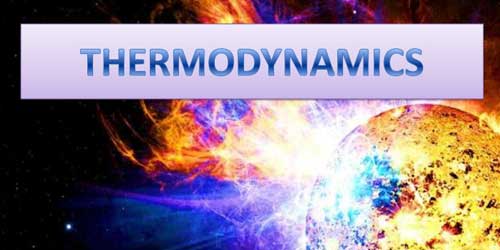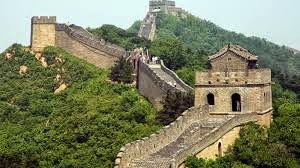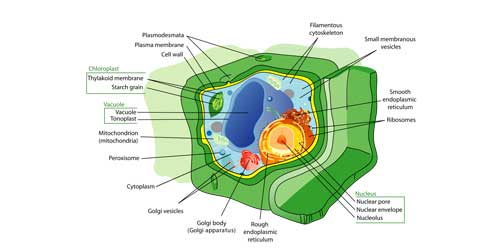Stars are balls of mainly hydrogen and helium gas. Nuclear reactions in the heart of stars generate heat and light. The heart of a star reaches 16 million°C. A grain of sand this hot would kill someone 150 km away. The gas in stars is in a special hot state called plasma, which is made of atoms stripped of electrons. In the core of a star, hydrogen nuclei fuse (join together) to form helium. This nuclear reaction is called a proton-proton chain. Stars twinkle because we see them through the wafting of the Earth’s atmosphere.
Interesting facts about Stars
- Astronomers work out how big a star is from its brightness and its temperature.
- The size and brightness of a star depend on its mass – that is, how much gas it is made of. Our Sun is a medium-sized star, and no star has more than 100 times the Sun’s mass or less than 6-7 percent of its mass.
- The coolest star, such as Arcturus and Antares, glow reddest. Hotter stars are yellow and white. The hottest are blue-white.
- The blue supergiant Zeta Puppis has a surface temperature of 40,000°C, while Rigel’s is 10,000°C.
- Stars start life in clouds of gas and dust called nebulae.
- Inside nebulae, gravity creates dark clumps called dark nebulae, each clump containing the seeds of a family of stars.
- As gravity squeezes the clumps in dark nebulae, they become hot.
- Smaller clumps never get very hot and eventually fizzle out. Even if they start burning, they lose surface gas and shrink to wizened, old white dwarf stars.
- If a larger clump reaches 10 million °C, hydrogen atoms in its core begin to join together in nuclear reactions, and the baby star starts to glow.
- In a medium-sized star like our Sun, the heat of burning hydrogen pushes gas out as fiercely as gravity pulls inwards, and the star becomes stable (steady).
- Medium-sized stars burn steadily until all of their hydrogen fuel is used up.
- Plotting the positions of the stars in the sky is a complex business because there is a vast number of them, all at hugely different distances.
- The first modern star charts were the German Bonner Durchmusterung charts of 1859, which show positions of 324,189 stars.
- The AGK1 chart of the German Astronomical was completed in 1912 and showed 454,000 stars.
- The AGK charts are now on version AGK3 and remain the standard star chart. They are compiled from photographs.
- The measurements of accurate places for huge numbers of star depends on the careful determination of 1535 stars in the Fundamental Catalog (FK3).
- Photometric catalogues map the star by magnitude and colour and position.
- Three main atlases are popular with astronomers – Norton’s Star Atlas, which plots all stars visible to the naked eye; the Tirion Sky Atlas; and the photographic Photographischer Stern-Atlas. FASCINATING FACT. Astronomers still divide the sky into 88 constellations – many of the names are the mythical ones given to them by the astronomers of ancient Greece.
- The map of the sky shows the 88 constellations that are visible during the year from each hemisphere (half) of the world.
- Star brightness is worked out on a scale of magnitude (amount) that was first devised in 150Bc by the Ancient Greek astronomer Hipparchus.
- The brightest star Hipparchus could see was Antares, and he described it as magnitude.
- The brightest-looking star from Earth is Sirius, the Dog Star, with a magnitude of -1.4.
- The magnitude scale only describes how bright a star looks from Earth compared to other stars. This is its relative magnitude.
- The further away a star is, the dimmer it looks and the smaller its relative magnitude is, regardless of how bright it really is.
- A star’s absolute magnitude describes how bright a star really is.
- The star Deneb is 60,000 times brighter than the Sun. But because it is 1800 light-years away, it looks dimmer than Sirius.
- Giant stars are 10 to 100 times as big as the Sun, and 10 to 1000 times as bright.
- Giant star have burned all their hydrogen, and so burn helium, fusing (joining) helium atoms to make carbon.
- The biggest star go on swelling after they become red giants, and grow into supergiants.
- Supergiant stars are up to 500 times as big as the Sun, with absolute magnitudes of -5 to -10.
- The Pressure in the heart of a supergiant is enough to fuse carbon atoms together to make iron.
- Our Sun is alone in space, but most stars have one, two or more starry companions.
- True binary star are two stars held together by one another’s gravity, which spend their lives whirling around together like a pair of dancers.
- Eclipsing binaries are true binary stars that spin round in exactly the same line of sight from Earth. This means they keep blocking each another’s light.
- Stars in the star Epsilon in the constellation of Lyra is called the Double because it is a pair of binaries.
- Mizar, in the Great Bear, was the first binary star to be discovered. Mizar’s companion Alcor is an optical binary star.
- Albireo in Cygnus is an optical binary visible to the naked eye — one star looks gold, the other, blue.
Must Read:






